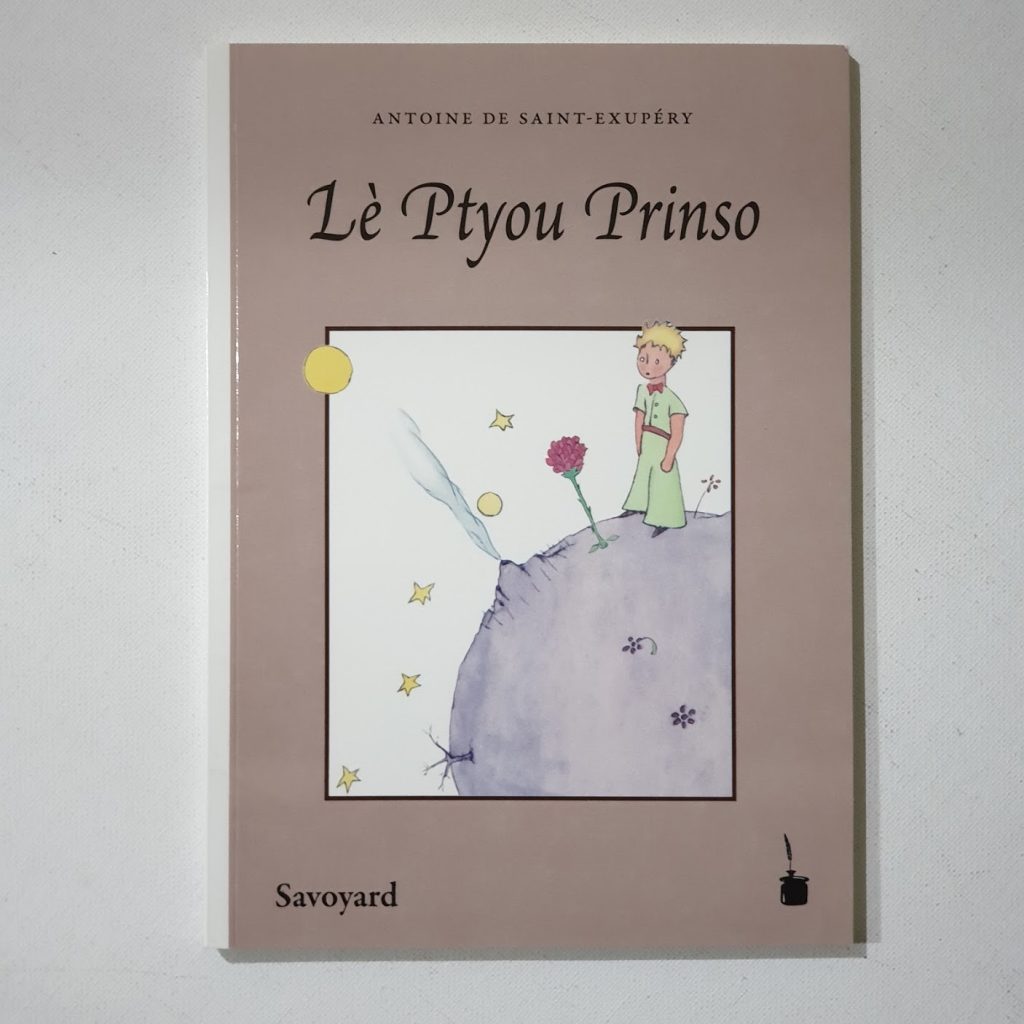
Lè Ptyou Prinso — in Savoyard.
Savoy is a historical region located in the Western Alps, straddling the modern-day border area between France and Italy. Its history is marked by its strategic location and rich cultural heritage, which have made it a site of significant political and military interest throughout the centuries.
Savoy was originally inhabited by Celtic tribes before becoming part of the Roman Empire. After the fall of Rome, the region saw a series of invasions and was part of the Kingdom of Burgundy. The region gained prominence with the rise of the House of Savoy in the 11th century. This dynastic family expanded its territory to include not just the Savoy region but also parts of modern-day Italy, Switzerland, and France. In 1416, Savoy was elevated to a duchy by the Holy Roman Emperor. Over the next centuries, the Duchy of Savoy played a pivotal role in European politics, skilfully navigating alliances and conflicts among larger powers. The 19th century was a turning point for Savoy. In 1860, as part of the process of Italian unification, the region was ceded to France in exchange for French support of the unification efforts. This cession included the territories of Savoie and Haute-Savoie, which are part of France today. Today, Savoy is known for its stunning alpine landscapes, ski resorts, and cultural festivals. It retains a strong regional identity and heritage, reflected in its architecture, cuisine, and traditions.

Savoyard is a part of the Franco-Provençal language, also known as Arpitan, spoken in Savoy. The Arpitan language occupies a linguistic space between the Oïl languages (to its north) and the Occitan languages (to its south), serving as a bridge within the Gallo-Romance language group. The Savoyard dialects reflect the unique cultural and historical context of the Alpine region, with its own set of phonological, grammatical, and lexical characteristics distinct from neighboring languages.
Savoyard dialects exhibit several unique phonological features, including specific vowel qualities that distinguish them from standard French and other regional dialects. The preservation of certain consonant clusters and the use of nasal vowels are notable characteristics. The pronunciation and intonation can also vary significantly across different valleys and communities within the Savoy region, highlighting the dialect’s diversity.
The grammar of Savoyard dialects shares similarities with other Arpitan dialects, including the use of definite and indefinite articles, gender distinctions, and a number system for nouns. Verb conjugation in Savoyard often retains archaic forms that have disappeared in modern French, offering insights into the historical development of Romance languages in the region.
Savoyard vocabulary is rich with terms related to alpine agriculture, mountain geography, and traditional ways of life, many of which do not have direct equivalents in standard French. This specialised vocabulary captures the cultural practices and environmental knowledge of the Savoy region. Additionally, Savoyard includes loanwords from Italian and German, reflecting the region’s historical trade routes and political affiliations.


